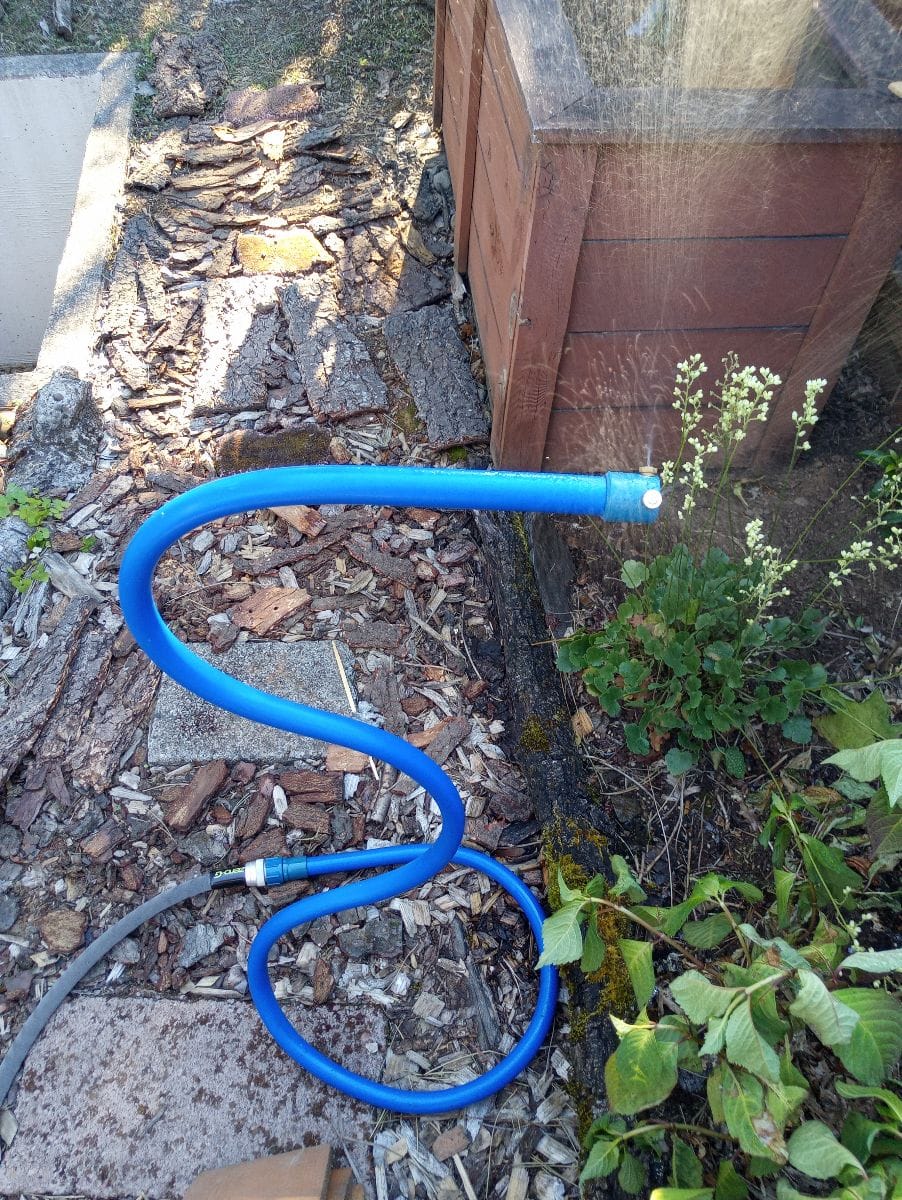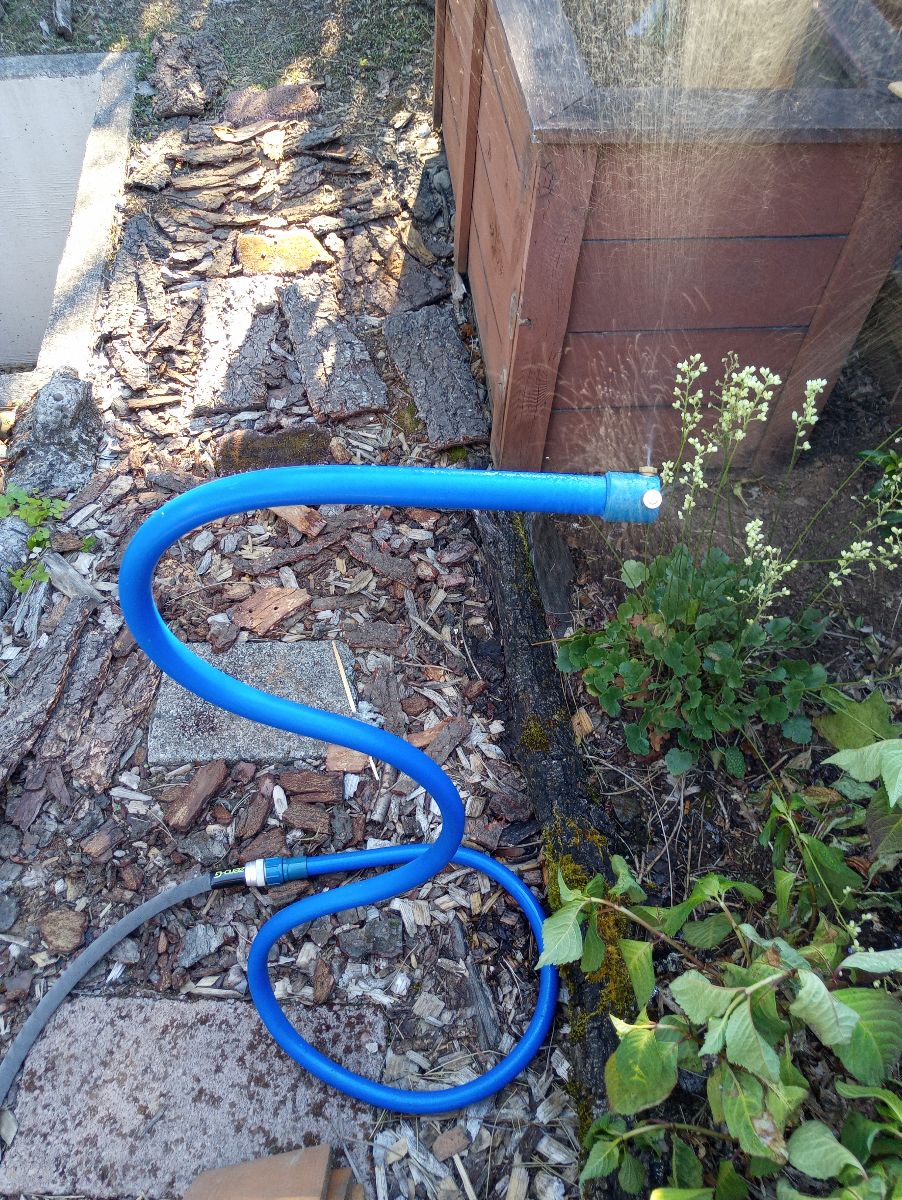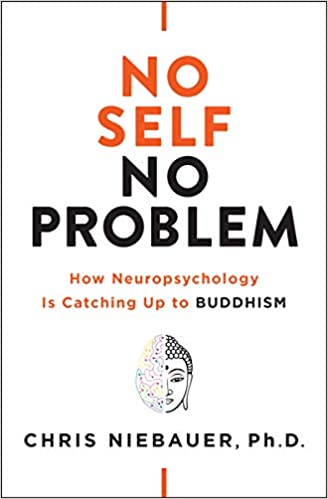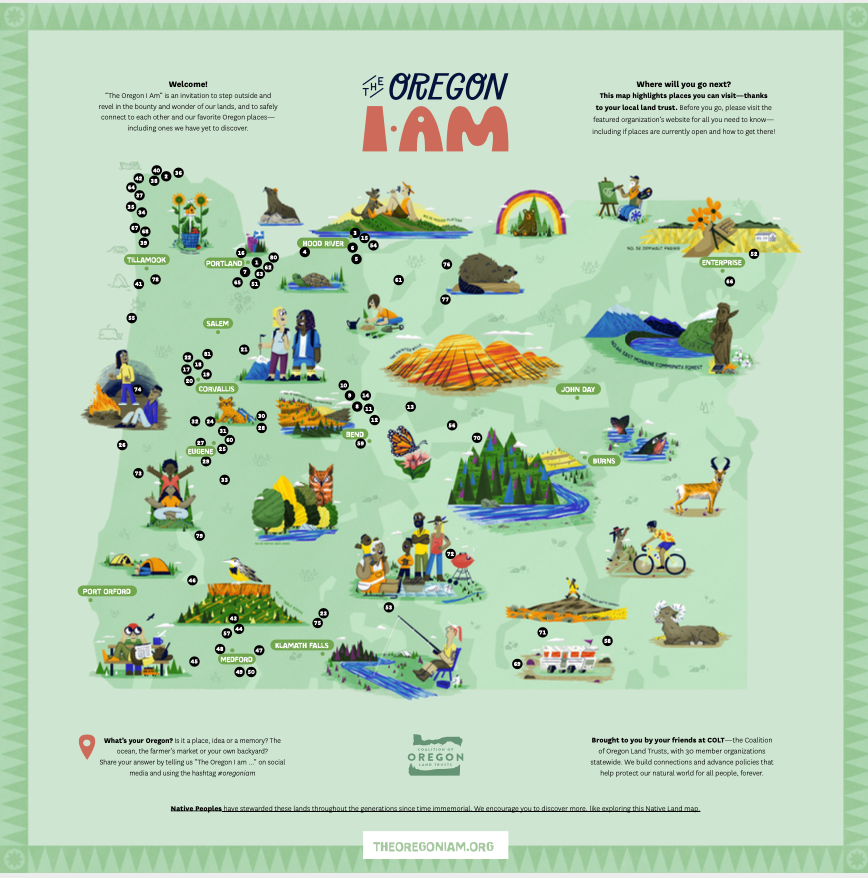Moment of Mind June 2021


Moment of Mind
This month we've been talking about transitions as changes continue to unfold. In the first week we talked about how common transitions are throughout our day that could be felt more mindfully, then we discussed morning transitions, and last week was about creating a threshold to mark changes with intentionality. This week is about intentional celebration. Marking transitions gives us the opportunity to be in what is called the liminal space, or a place of not knowing that's part of the in-between that is change. Our brains are conditioned by society to resist change and to ignore it as a constant - to instead look for what seems routine from day to day. This conditioned focus can mean the brain also grips tightly when life's inevitable changes show up.
A colleague of mine asked me if I regularly celebrated success. And the answer was "no" which means clearly there's something more to see and learn here. This started a dialogue in my spiritual community about what celebrating "success" really is - especially when it's so easy for an ego to claim something and inflate briefly (which then deflates right after that as soon as a criticism comes in, the ongoing challenge of a mind to secure an insecurable idea of what we are). And, it's also life expression to feel a thrill of excitement at completing a goal, or relief of a webinar/course/program emergence after working on it steadily, or putting any morsel of creativity that came through your human system out into the world.
That discussion led to the recognition that because we are life intelligence in a human body's form - celebrating "success" can be a way of honoring life. Life expressed through me, through you, through anyone or anything.
Transitions are reminders of one of life's innate constants: change. This week I invite you to step into exploring willingness to celebrate life - even when it brings loss. I don't mean this in a cover up loss, ignore it, put a silver lining on it, squelch it or hide it, way. I mean when the feeling arises of joy to not turn away from it out of some judgment that joy can't be present when other feelings are taking up the inner landscape. Or when grief is there to recognize that the other side of that loss is joy of life. Emotions are fluid and changing, as are sensations and thoughts. When gratitude or compassion or relief emerges those don't have to be chased away by worry or fear either.
It's okay for grief to be its own celebration of life. An honoring of loss. A willingness to admit that yes, love is felt. Wonder is experienced - and loss is a reminder of that. Mayan-trained shaman Martín Prechtel notes that grief is a form of praising life. And the grieving is its own celebration of alive-ness now to be honoring loss which you can read more about in his book The Smell of Rain on Dust: Grief and Praise. You can listen to a recent interview with him on the For the Wild podcast here.
This week had a mix of celebrating of life "success" - when a cool breeze showed up from the coast and chased away record breaking temperatures above 116º F (46.6º C) that mark the continually changing global climate from warming. That celebration moment also involved grieving - as people, animals, and plants died in the heat.
I invite you this week to play with and feel the ups of joy, wonder, appreciation, gratitude, or elation that can mark "success" as deeply as we feel loss, grief or pain. Is there a life transition you want to honor this week however small or large it may seem? If so, what expression wants to emerge to honor it? I invite you to listen to your heart as the life intelligence that you are keeps that rhythmic pumping going. Climate change is another reminder of how precious this life is and to honor it daily.
Next month, July 26th marks the beginning of the 3rd year of Finding Mindful Now being incorporated as an LLC (in 2018) in the state of Oregon. I'm contemplating how to celebrate this transition from baby business to its toddler-hood.
If there's something you're celebrating, or honoring through grief, I'd love to hear about it.
Much love, Tia
Love for Your Inner Science Activist Nerd

What if the thoughts and beliefs the brain creates that make up the self-concept or identity is a proxy the brain uses as a representation of the body in order to protect it?
What if the brain creates resistance to current situations including thoughts, sensations, or feelings because it learned to do that from societal conditioning? And it can unlearn this pattern?
What if the brain creates that resistance as part of its generating a self-concept to protect the identity from perceived threat in its (mistaken) attempt to protect the body? This too can shift.
What if this process is one of the main ingredients of suffering (the suffering that's not about lacking food, lacking shelter, experiencing injury or dire illness, or various forms of abuse/violence)? Namely, the brain initiating a stress response of fight-flight or freeze about anything that the brain perceives as a threat or attack on the idea of "me"? For example criticism = threat to the self; "failure" = threat to self; "bad grade" or didn't get the job? = threat to self; someone doesn't like your religion/politics/views = threat to the self; someone questions your credentials/training/knowledge/capacity = threat to self; someone excludes a feature of your identity = threat to self....you see how broad this is?
Sometimes there IS a physical direct attack on the body in real time, I'm not talking about those times. I'm talking about those conversations where someone wants you to understand a way you can be closer and the mind takes it as an attack and then it creates defensiveness for example.
This is of deep interest to me as someone who experiences generalized anxiety, particularly as it relates to interpersonal relationships. This brain learned in a childhood environment where threats to the self concept were mingled with physical harm to the body. So criticism, people's expressions, and tone of voice are often interpreted by this brain as threatening - when they are not. I don't create "safe spaces" in my classrooms, I create "brave spaces" because most social settings don't feel safe to me; safety is relative and subjective. And limiting beliefs? This brain creates them about EVERYTHING. I sometimes wonder if generalized anxiety disorder should be described as "fear of life being dangerous for living."
This idea of how the brain creates a self, and what life is like when the limited beliefs are seen through as the mirage they are, is one of the intriguing ideas in the book No Self No Problem: How Neuropsychology is Catching Up With Buddhism written by Dr. Chris Neibauer.
What I appreciate about this book is the regular practices demonstrating take home lessons from each chapter, the reminders of how amazing the brain is, his connection of brain function to Buddhist teachings, and how when different components of our neural networks on the right or left hemisphere are injured this affects life experience - not only brain function. For example see this talk by Dr. Jill Bolte Taylor when she describes a stroke in a portion of the left hemisphere of her brain affecting the capacity for what the author calls the "interpreter" (the judger, planner, categorizer, separate-and-analyze-the-pieces aspect of cognition). The rest of the brain was still "on" and active so she had what I would call a lucid dream experience of simple presence of what was happening.
A quote from the publisher: "This book will explore strong evidence suggesting that the concept of the self is simply a construct of the mind, rather than a physical thing located somewhere within the brain itself. Put another way, it is the process of thinking that creates the self, rather than there being a self having any independent existence separate from thought. The self is more like a verb than a noun. To take it a step further, the implication is that without thought, the self does not, in fact, exist. It's as if contemporary neuroscience and psychology are just now catching up with what Buddhist, Taoist, and Advaita Vedanta Hinduism have been teaching for over 2,500 years." This may be confronting to consider for some, and this isn't to say that you are not unique and wonderful - you are. The "you" that your brain creates is a tiny representation of the vastness of who you really are. And the brain is still active even when it's not "selfing" - if you've felt engaged recently in doing something without any self-referential thinking, that's your brain in flow, instead of creating a "me."
What I hope he addresses in his next book is that the neural networks aren't as divided as a simple shorthand of "left and right brain" makes it sound. He doesn't include, for example, the extensive research into what's called the Default Mode Network which are branches of the brain's larger network that are in the front, and both sides of the back, of the brain. That is of interest because of how much research on attention, mindfulness, emotional processing, self identity, memory, and meditation shows activity in this larger network within the whole, which connects nearly all quadrants of the brain.
My suggestion when reading this book is to take the "left and right hemispheres" as a writing tool of simplification that represent core capacities. The "split brain" research that this book relies on has been challenged from new evidence that indicates people with one side or the other damaged can still retain functions prior research indicated was lost (see Dr. Yair Pinto and colleagues 2017). There is no evidence the right brain is more creative than the left although more of that portion of the neural network is involved in creative pursuits. And awareness is not only on the right side of the brain. Research on neuroplasticity also indicates neural networks can repair and rebuild as Dr. Bolte Taylor illustrates (it took 8 years for her to get her capacity for speech, walking, memory, and writing among other actions back). The book is still a great read with this reminder that science continues to discover new information!
Get Your Park Groove On

Image of the Oregon I Am map on green background.
The Coalition of Oregon Land Trusts released a map in April called The Oregon I Am which is an invitation to "step outside and revel in the bounty and wonder of our lands, and to safely connect to each other and our favorite Oregon places - including ones we have yet to discover."
There were a number of sites that I didn't know about and are open to the public, so I'll be checking a few of them out possibly for future walk experiences. You can get a copy of the map here at www.TheOregonIAm.org/map. I invite you to explore!
| Copyright © 2019-2021, Finding Mindful Now LLC, All rights reserved. www.findingmindfunow.com, originally published on MailChimp with information on current offerings. Some images or content lightly revised since initial publishing. |
